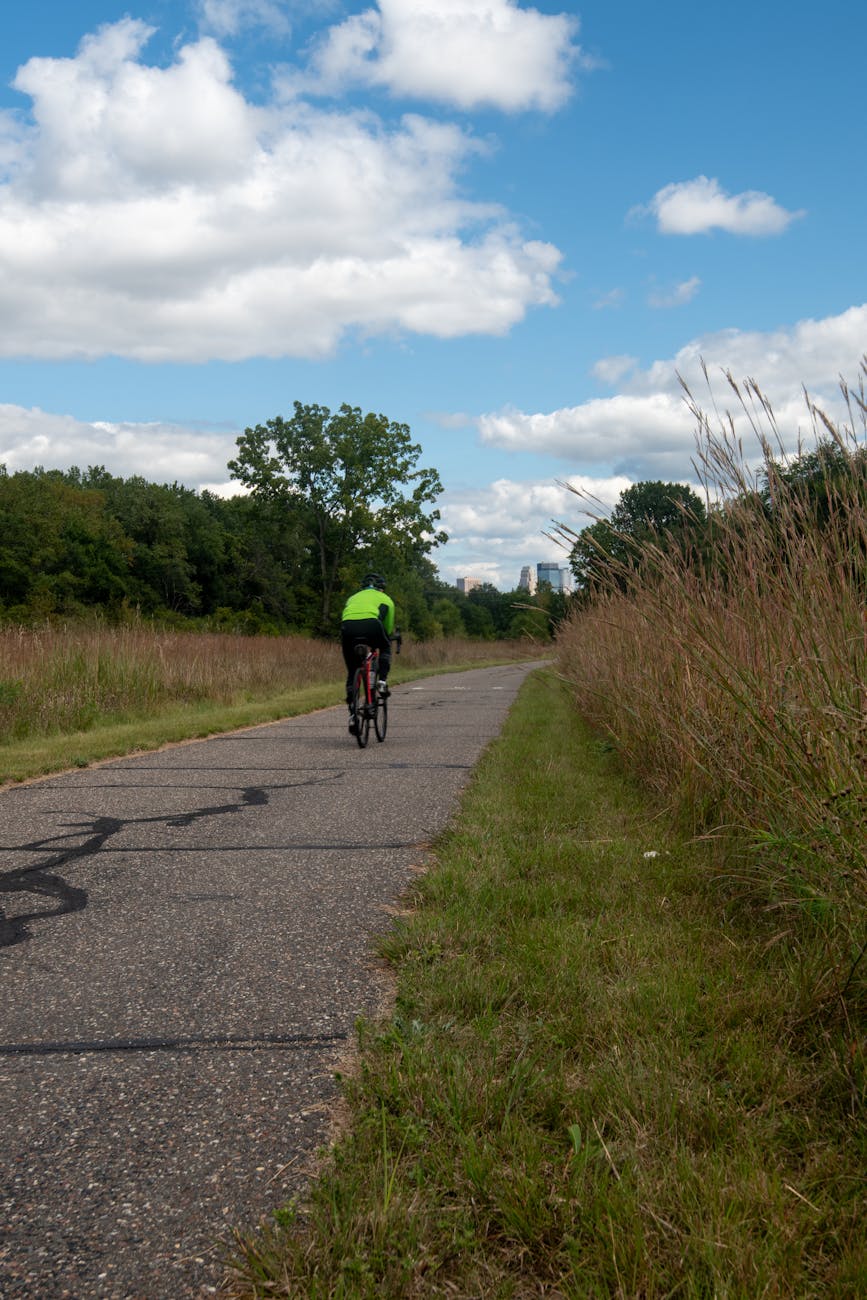Cycling is a fantastic way to stay active, explore new places, and enjoy the outdoors. However, one crucial aspect that often gets overlooked is bike fit. Having the right bike fit is essential for comfort, efficiency, and injury prevention. Whether you are a seasoned cyclist or a beginner, ensuring your bike is set up correctly can make a world of difference in your riding experience. In this article, we will delve into the importance of bike fit and provide you with some ultimate test ride tips to help you achieve the perfect fit for an enjoyable and safe ride.
The Importance of Bike Fit
Before hitting the road on your bike, it’s vital to understand why bike fit matters. A proper bike fit can prevent discomfort, pain, and potential injuries that may arise from riding a poorly fitted bike. When your bike is correctly adjusted to your body measurements, you can pedal more efficiently, maintain proper posture, and reduce strain on your muscles and joints. A bike fit can also enhance your performance by optimizing power transfer and aerodynamics, allowing you to ride faster and longer with less effort.
Factors to Consider for Bike Fit
When it comes to bike fit, several factors need to be taken into account to achieve the optimum setup. These include saddle height, saddle position, handlebar reach, handlebar height, and cleat alignment. Adjusting these components to fit your body’s geometry and riding style can significantly impact your comfort and performance on the bike. A professional bike fit specialist can help you fine-tune these adjustments based on your individual needs and riding goals.
Ultimate Test Ride Tips
Now that you understand the importance of bike fit and the key factors to consider, it’s time to put your knowledge to the test with some ultimate test ride tips.
1. Start Slow: Begin your test ride at a relaxed pace to give yourself time to adjust to the bike’s setup and feel any discomfort or issues that may arise.
2. Pay Attention to Comfort: Focus on how comfortable you feel on the bike. Note any areas of discomfort, such as pressure points on the saddle, strain on your neck or wrists, or knee pain.
3. Test Different Positions: Experiment with different positions on the bike, such as sitting upright, riding in the drops, or adjusting your hand placement on the handlebars to find the most comfortable and efficient setup.
4. Check Your Pedaling: Pay attention to your pedaling technique and efficiency. Ensure that your saddle height is correct to prevent your knees from overextending or bending too much during each pedal stroke.
5. Evaluate Handling and Stability: Test the bike’s handling and stability by riding on different surfaces and terrains. Make sure the bike feels responsive and stable under varying conditions.
6. Listen to Your Body: Listen to your body’s feedback during the test ride. If you experience any discomfort, pain, or numbness, take note and make adjustments before heading out for a longer ride.
Conclusion
In conclusion, bike fit plays a crucial role in your cycling experience, affecting your comfort, performance, and overall enjoyment on the bike. By understanding the importance of bike fit, considering key factors, and following the ultimate test ride tips, you can ensure that your bike is properly adjusted to your body and riding style. Investing time in getting the right bike fit can lead to a more enjoyable and rewarding cycling journey. So, before you embark on your next cycling adventure, remember to prioritize your bike fit for a smoother and more comfortable ride.


